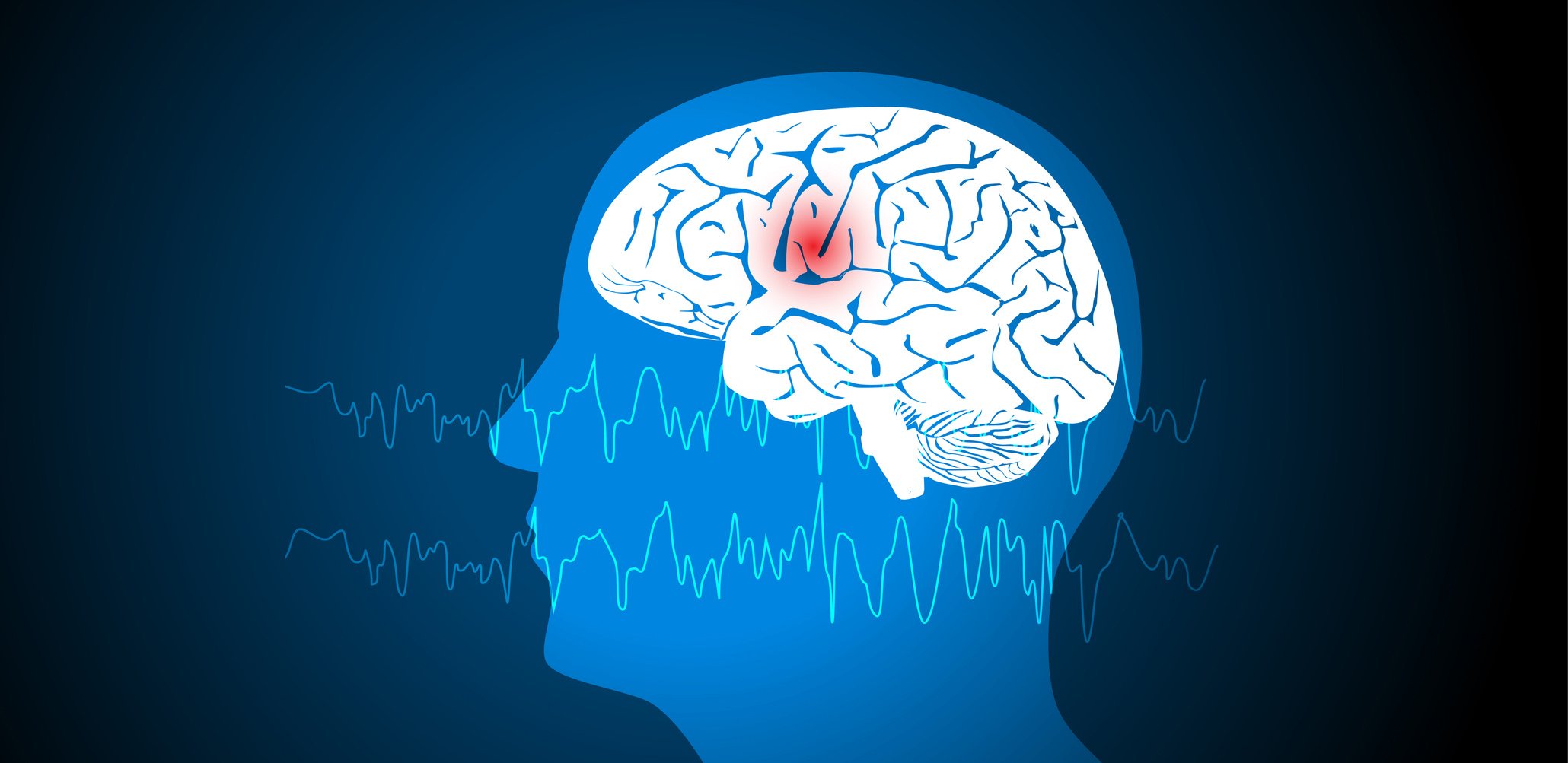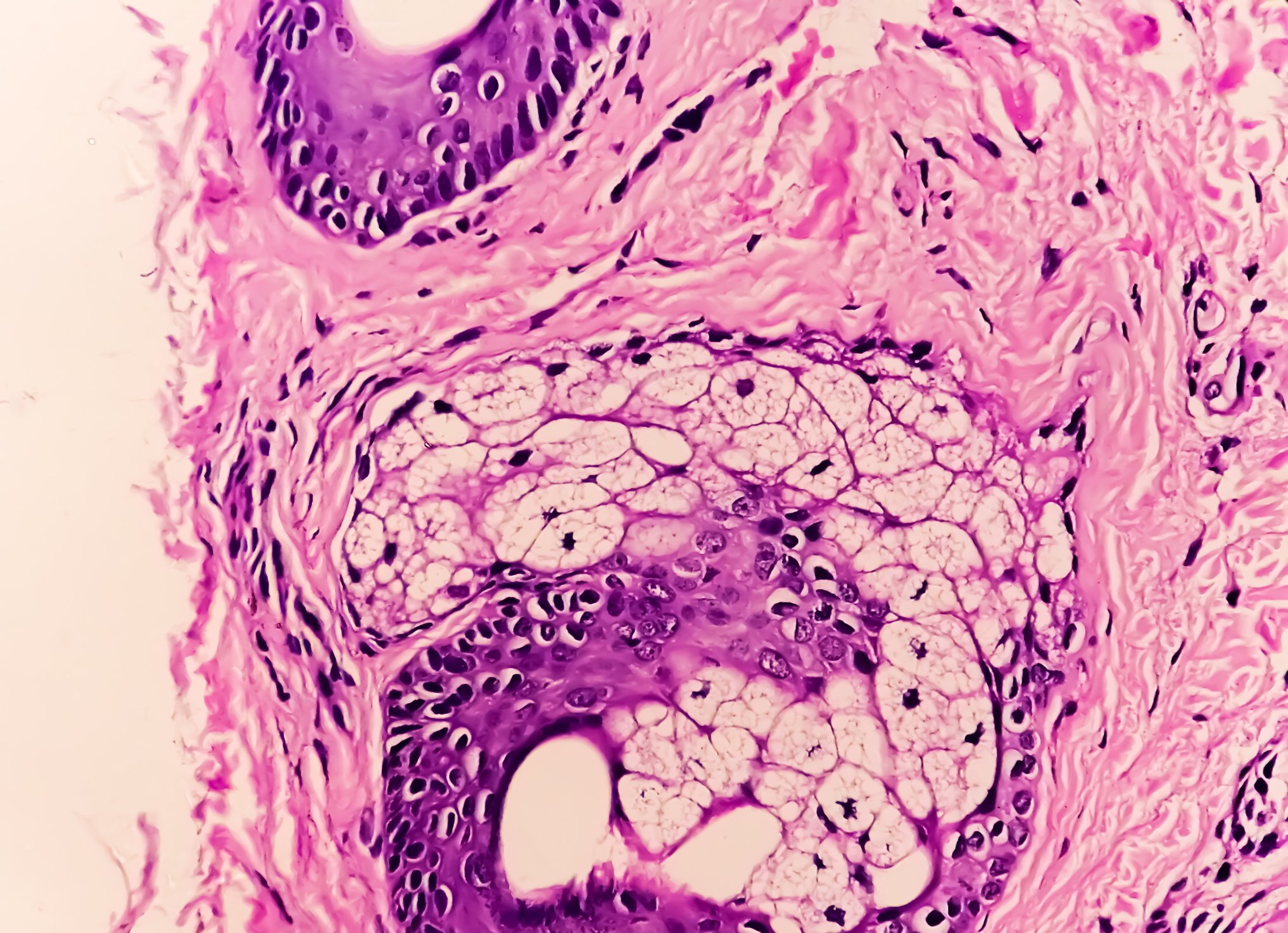Glioblastomas are a particularly aggressive form of brain tumor. To this day, they are incurable. But there is progress. Especially with regard to their dispersal strategies, new insights could be gained. This may allow new therapeutic approaches to be derived.
Every year, about 600 people in Switzerland develop a brain tumor [1]. Glioblastoma is the most common malignant brain tumor, accounting for 55%, and is incurable to date [2]. It arises from the supporting cells of the brain, can occur anywhere in the brain, and usually affects people between the ages of 50-70. They grow along fiber tracts in the brain, spreading locally, regionally, and nationally. The hallmarks of glioblastoma in tissue examination under the microscope are minute vascular neoplasms, cell divisions, and zones of cell death. Rare variants of glioblastoma include gliosarcoma, giant cell glioblastoma, and epithelioid glioblastoma [2]. The risk factors for developing glioblastoma are not yet fully understood. Only irradiation of the head could be detected as causative. Hereditary factors play only a minor role.
A lot helps a lot – but not enough in these cases
Currently, glioblastomas are treated with a combination of surgery, radiation and chemotherapy – the Stupp regimen. The operation relieves the main tumor mass without generating deficits. The prognosis can also be improved in this way. However, only temporarily, until the mass has regenerated. Another option used for treatment is irradiation to stop the cells in a growth phase in the cell cycle. This also often succeeds very well. However, the same applies here as with the operation: the deeply branched cells cannot be addressed. And finally, chemotherapy can be used. Temozolomide has been used as first-line therapy to date. Quite successfully. However, only in one-third of affected individuals who do not show resistance to alkylating chemotherapy. And even in these, the disease progresses again after a certain time and recurrence occurs [3].
Now, scientists have been able to verify a new spreading strategy of glioblastomas [4]. They demonstrated that whole brain colonization is driven by glioblastoma cells that have no connections to other tumor cells and astrocytes, but receive synaptic input from neurons. This subpopulation corresponds to neuronal and neural-progenitor-like tumor cell states as defined by single-cell transcriptomics in both mouse models and human disease. Tumor cell invasion resembled neuronal migration mechanisms and adopted a Lévy-like pattern of movement to explore the environment. Neuronal activity induced complex calcium signaling in glioblastoma cells, followed by new TM formation and increased invasion rate. Overlay of molecular and functional single-cell data revealed that neuronal mechanisms control glioblastoma cell invasion at multiple levels. This explains how glioblastoma spread and cellular heterogeneity are closely linked. In other words, a glioblastoma does not grow alone as a solid mass, but the whole brain is affected by this disease.
Slow down cell growth
This new finding may provide a new starting point for a treatment strategy. The tumor cells copy or retain properties of nerve cell progenitor cells, which are motile to a very high degree. The mature nervous system no longer uses these programs, which were necessary for cell movement during development, and shuts them down. In tumor cells, however, they are reactivated or kept active. This specific process could potentially be used to target tumor cells and slow cell growth.
Another possibility could be found in the specific interaction between the neurons and tumor cells. Patients with brain tumors suffer more from epileptic seizures. Communication between tumor cells and nerve cells takes place, among other things, via the neurotransmitter glutamate. If this communication is interrupted, the movement of this cell and also its proliferation can actually be inhibited.
Literature:
- www.krebsliga.ch/ueber-krebs/krebsarten/hirntumoren-und-hirnmetastasen (last accessed on 20.10.2022)
- https://neurochirurgie.insel.ch/erkrankungen-spezialgebiete/hirntumoren/glioblastom (last accessed on 20.10.2022)
- Spreading strategies in glioblastoma discovered – approaches for new therapies? – Medscape – 6. Oct 2022.
- Venkataramani V, Yang Y, Schubert MC, et al: Glioblastoma hijacks neuronal mechanisms for brain invasion. Cell 2022; 185(16): 2899-2917.
InFo ONCOLOGY & HEMATOLOGY 2022: 10(5): 34.











